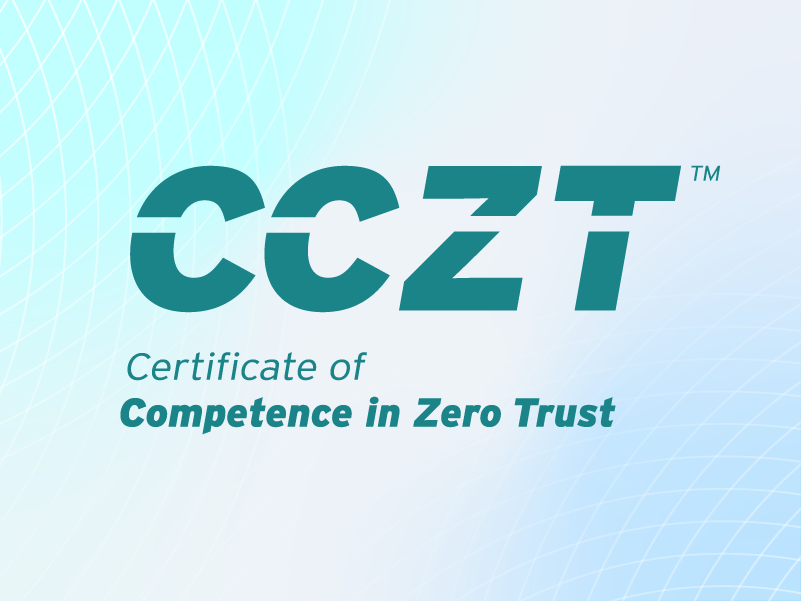Are Your Hypervisors SOC 2 Ready? Why Virtualization Security is Crucial for Compliance
Published 08/06/2025
Originally published by Vali Cyber.
As virtualization continues to shape enterprise IT environments, hypervisors have become foundational to infrastructure operations. But their central role also makes them a high-value target for cyber attackers. This blog explores how aligning hypervisor security with System and Organization Controls 2 (SOC 2) can help mitigate these risks—by applying the Trust Services Criteria to strengthen access controls, monitoring, and incident response in virtualized environments.
Hypervisors manage workloads, allocate resources, and enable multiple virtual machines (VMs) to run efficiently on shared hardware. A breach at this level can ripple across an organization, disrupting services, exposing sensitive data, and increasing recovery costs.
With the virtualization software market projected to reach over $300 billion by 2032, securing these environments is more critical than ever. The rise in ransomware attacks targeting hypervisors underscores the urgency. High-profile incidents involving encrypted ESXi hypervisors have demonstrated the potential for widespread outages and data loss. As the threat landscape evolves, ensuring the security and compliance of hypervisors must be a top priority.
SOC 2 offers a robust compliance framework to address these risks. Focused on five core principles—Security, Availability, Processing Integrity, Confidentiality, and Privacy—it provides the structure needed to implement layered defenses that protect virtualized infrastructure from evolving threats.
Securing Access and Identity
SOC 2 offers a structured framework for strengthening IT systems against these risks. One of its core focus areas, the Security Trust Services Criteria, emphasizes access control, monitoring, and incident management.
Hypervisors, due to their elevated privileges, require strict access management. Best practices include implementing multi-factor authentication (MFA), enforcing role-based access controls (RBAC), and segmenting networks to reduce exposure. These measures limit the potential for unauthorized access and align with SOC 2's principles of least privilege and boundary protection.
For instance, organizations that incorporate MFA and Single Sign-On (SSO) directly into their hypervisor management interfaces significantly reduce the attack surface. RBAC further refines access by mapping user roles to necessary permissions, ensuring individuals can only access what they need to perform their duties.
Preserving Integrity and Reducing Risk
Beyond access controls, maintaining the integrity of virtualized environments is key to meeting SOC 2 requirements. Misconfigurations at the hypervisor level can have cascading effects, potentially exposing entire environments to attacks. The 2023 ESXiArgs ransomware campaign highlighted how vulnerable misconfigured systems can become, especially when basic hardening and monitoring are neglected.
Continuous monitoring and behavioral analysis at the hypervisor level are essential. These capabilities help detect anomalies such as unauthorized encryption attempts or unusual configuration changes. Proactive alerts and tampering detection can act as early warning systems, allowing teams to intervene before damage occurs. Canary files, for example, are often deployed to identify ransomware behavior by alerting administrators to unauthorized file changes.
Risk management is an ongoing process. Organizations should regularly audit hypervisor configurations, patch vulnerabilities in real time, and test their defenses against known attack vectors.
Strengthening Incident Response
SOC 2 also emphasizes the importance of effective incident response and recovery. Hypervisor-level attacks can be fast-moving, requiring swift containment to minimize impact. Quarantining compromised systems, applying virtual patches, and restoring affected VMs from secure backups are vital components of a resilient strategy.
Automated rollback mechanisms can accelerate recovery by reverting systems to known-good states. Secure remote access tools allow administrators to investigate issues without increasing exposure. Visualization tools, such as process tree mapping, provide clarity into how an attack unfolded—tracing the origin, identifying affected components, and informing future defense strategies.
Clear workflows, timely alerts, and documented recovery procedures ensure that teams can act decisively during a crisis. The faster the response, the more likely an organization can limit data loss, maintain uptime, and stay compliant with SOC 2’s Availability and Security criteria.
Building a Resilient Virtual Infrastructure
As threat actors increasingly target hypervisors, organizations must align their security strategies with industry standards like SOC 2. By focusing on access control, continuous monitoring, and rapid response, enterprises can harden their virtualized infrastructure against modern threats.
Compliance is not just about checking boxes—it’s about creating a culture of proactive defense. In a landscape where hypervisors serve as both backbone and bullseye, securing them is essential for operational resilience and long-term success.Related Resources



Unlock Cloud Security Insights
Subscribe to our newsletter for the latest expert trends and updates
Related Articles:
It’s Time to Make Cloud Threat Modeling Continuous
Published: 11/20/2025
Understanding STAR for AI Level 2: A Practical Step Toward AI Security Compliance
Published: 11/19/2025
SSCF v1.0: The Standard That Simplifies SaaS Security
Published: 11/19/2025



.jpeg)
.jpeg)

.jpeg)